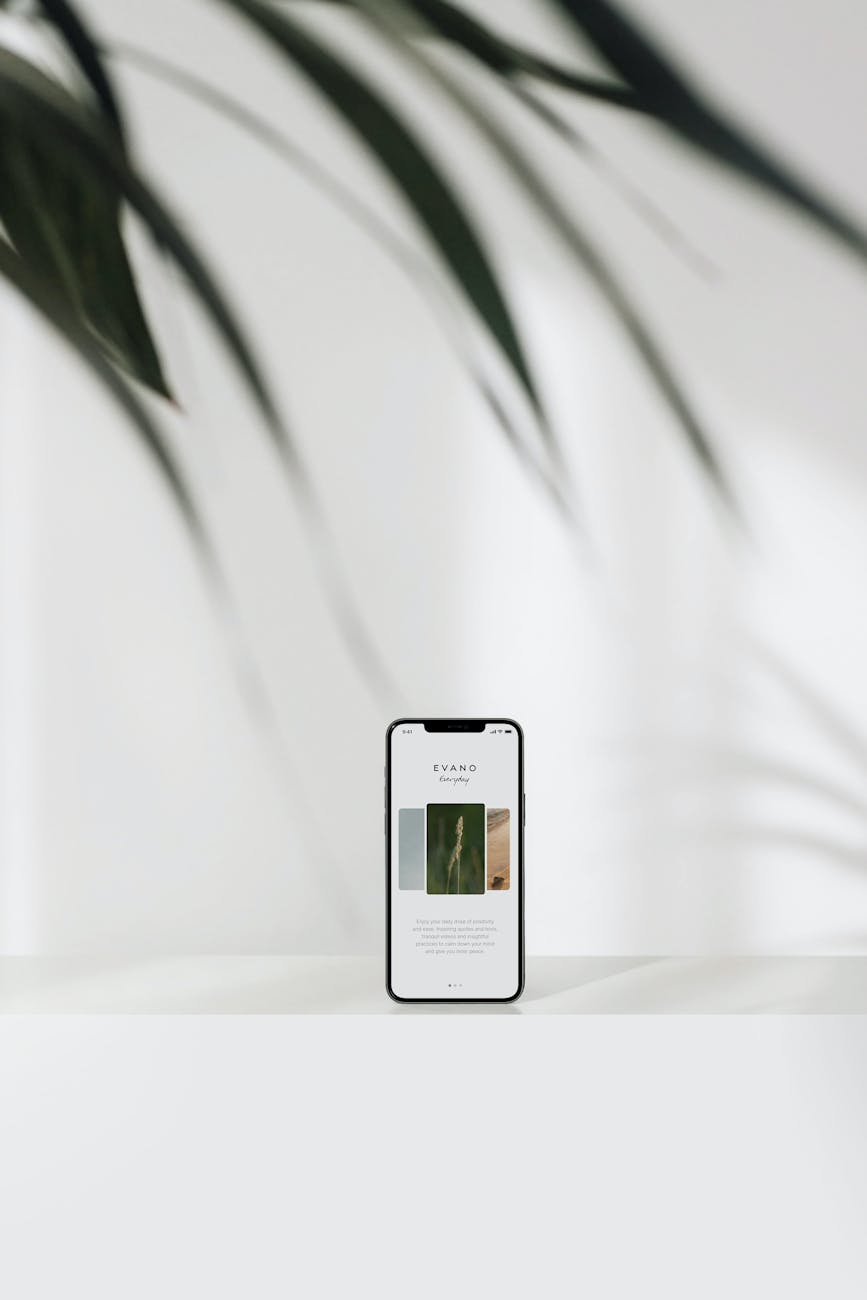Invisible design is a fascinating concept that emphasizes the importance of creating user experiences that seamlessly blend into our daily lives. Rather than drawing attention to the design elements themselves, invisible design allows functionality to take center stage, ensuring users can engage with products or services effortlessly. In this article, we will explore the essence of invisible design, including its principles, benefits, real-world applications, and how to achieve it in various industries. By understanding the nuances of this design philosophy, designers can create more effective and user-friendly experiences that prioritize the needs of the user without unnecessary distractions.
Understanding Invisible Design
Invisible design is centered around the idea that the most effective design goes unnoticed by users. It integrates naturally into the user’s environment, offering functionality without overwhelming them with visual elements. This design philosophy is rooted in user-centric approaches, where the primary goal is to enhance usability rather than showcase extravagant aesthetics. To understand invisible design, it’s essential to appreciate two main concepts: eminence and simplicity. Eminence refers to the underlying effectiveness of a design, allowing users to focus on tasks without distraction. Simplicity strips away unnecessary components, thereby fostering a more intuitive experience.
The Benefits of Invisible Design
Invisible design boasts numerous benefits that contribute to enhanced user experience and satisfaction. Some key advantages include:
- Improved Usability: Users can navigate and use products or services with ease, leading to higher satisfaction levels.
- Increased Efficiency: By minimizing distractions, users can complete tasks faster and more efficiently.
- Higher Adoption Rates: Invisible design attracts users who may be intimidated by complex interfaces, encouraging engagement.
- Enhanced Accessibility: By focusing on usability, products become more accessible to diverse audiences, including those with disabilities.
These benefits not only improve the overall user experience but also foster brand loyalty and positive word-of-mouth.
Real-World Applications
Invisible design is becoming increasingly prevalent across various industries, influencing everything from technology to architecture. For example:
| Industry | Application |
|---|---|
| Technology | Smartphone interfaces designed with minimalistic elements, allowing functionality to shine. |
| Web Design | Websites featuring clean layouts, where navigation is intuitive, and content is easily accessible. |
| Architecture | Buildings that embody seamless integration into their surroundings while offering functional public spaces. |
These examples illustrate how invisible design principles can be effectively utilized to create user-friendly environments across diverse fields.
Achieving Invisible Design
To implement invisible design effectively, designers should consider several critical practices:
- User Research: Engage with users to understand their needs, preferences, and pain points, allowing for targeted solutions.
- Iterative Design: Utilize prototypes and gather feedback to refine products progressively, ensuring usability and simplicity.
- Consistent Design Language: Maintain a consistent visual language that reinforces intuitive navigation and minimizes confusion.
By incorporating these strategies, designers can create invisible designs that place users at the forefront of the experience, enhancing satisfaction and function in their products.
Conclusion
Invisible design emphasizes the importance of creating seamless user experiences that prioritize functionality over aesthetic chaos. By understanding its principles, such as eminence and simplicity, designers can harness the numerous benefits this philosophy offers, including improved usability, enhanced accessibility, and increased engagement. Real-world applications across technology, web design, and architecture exemplify how invisible design integrates effortlessly into our lives, leading to better user satisfaction. By adopting essential practices such as user research and iterative design, designers can create innovative solutions that effectively meet user needs. Ultimately, embracing invisible design allows for a more natural interaction with the world around us, leading to enriched user experiences that often go unnoticed yet play a crucial role in our daily interactions.
Image by: Mikhail Nilov
https://www.pexels.com/@mikhail-nilov




